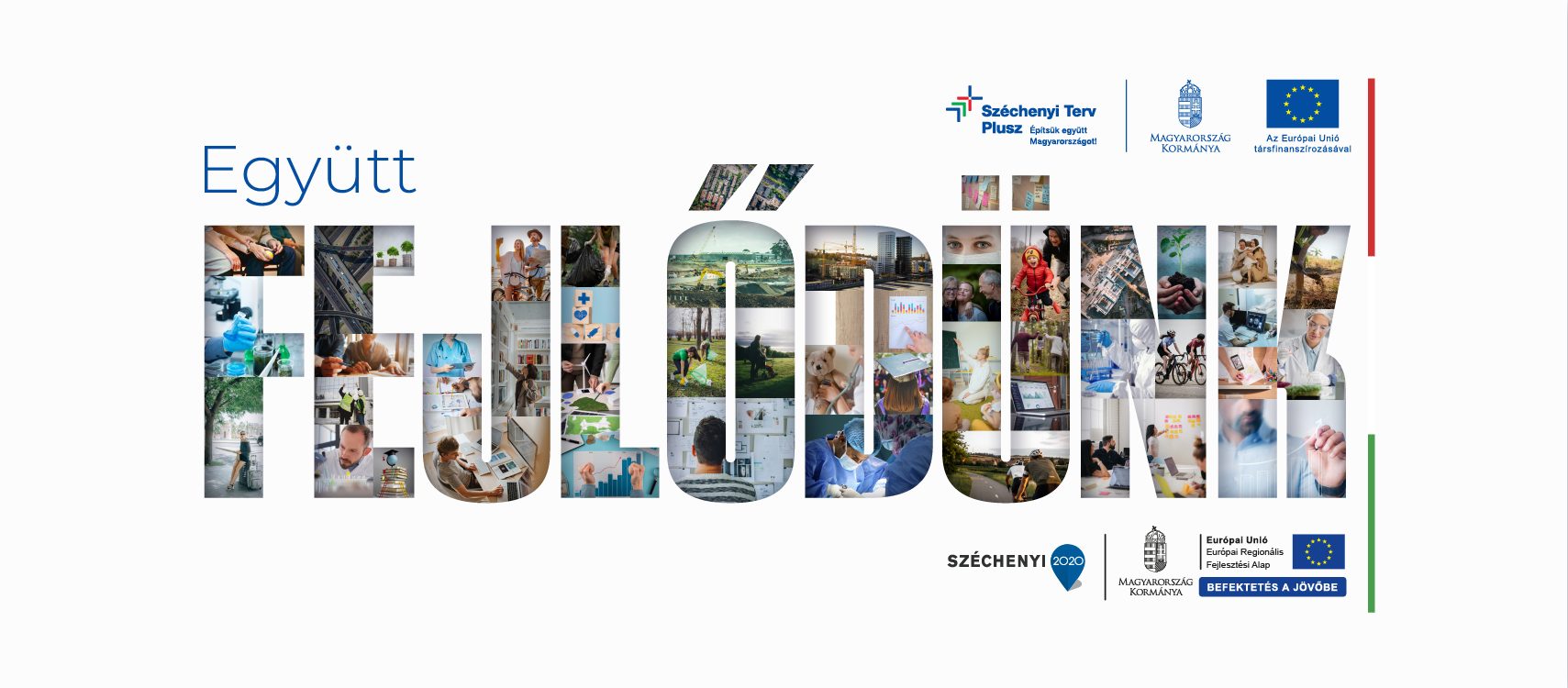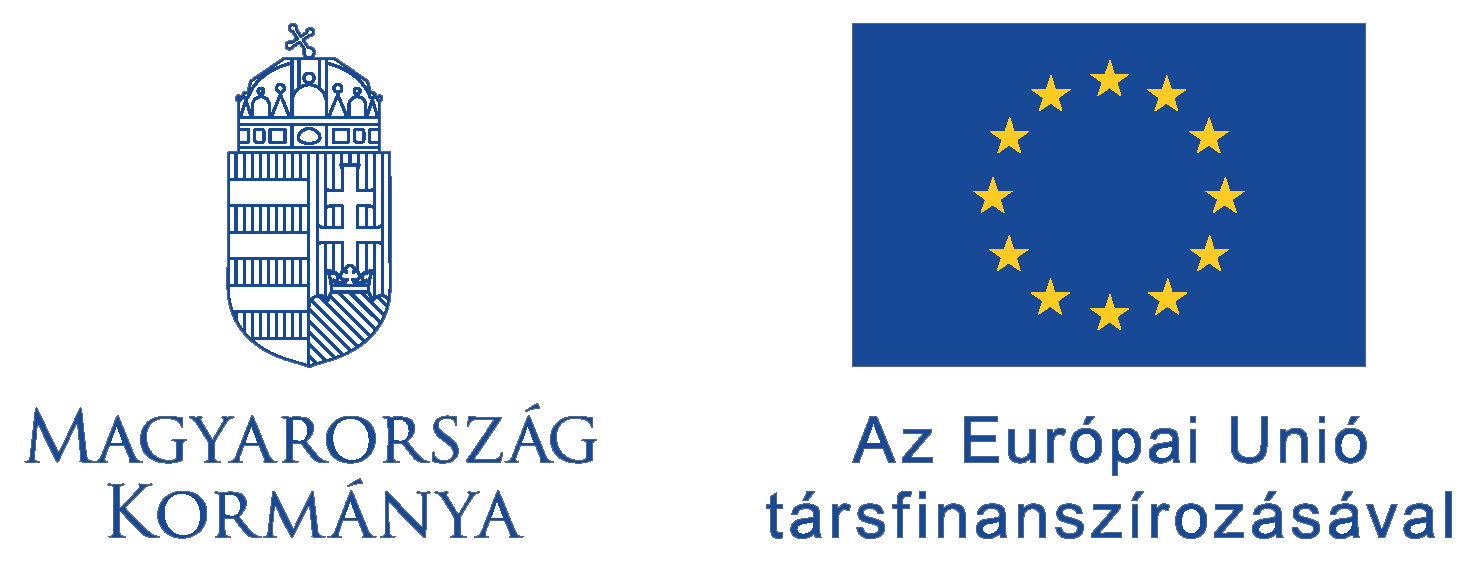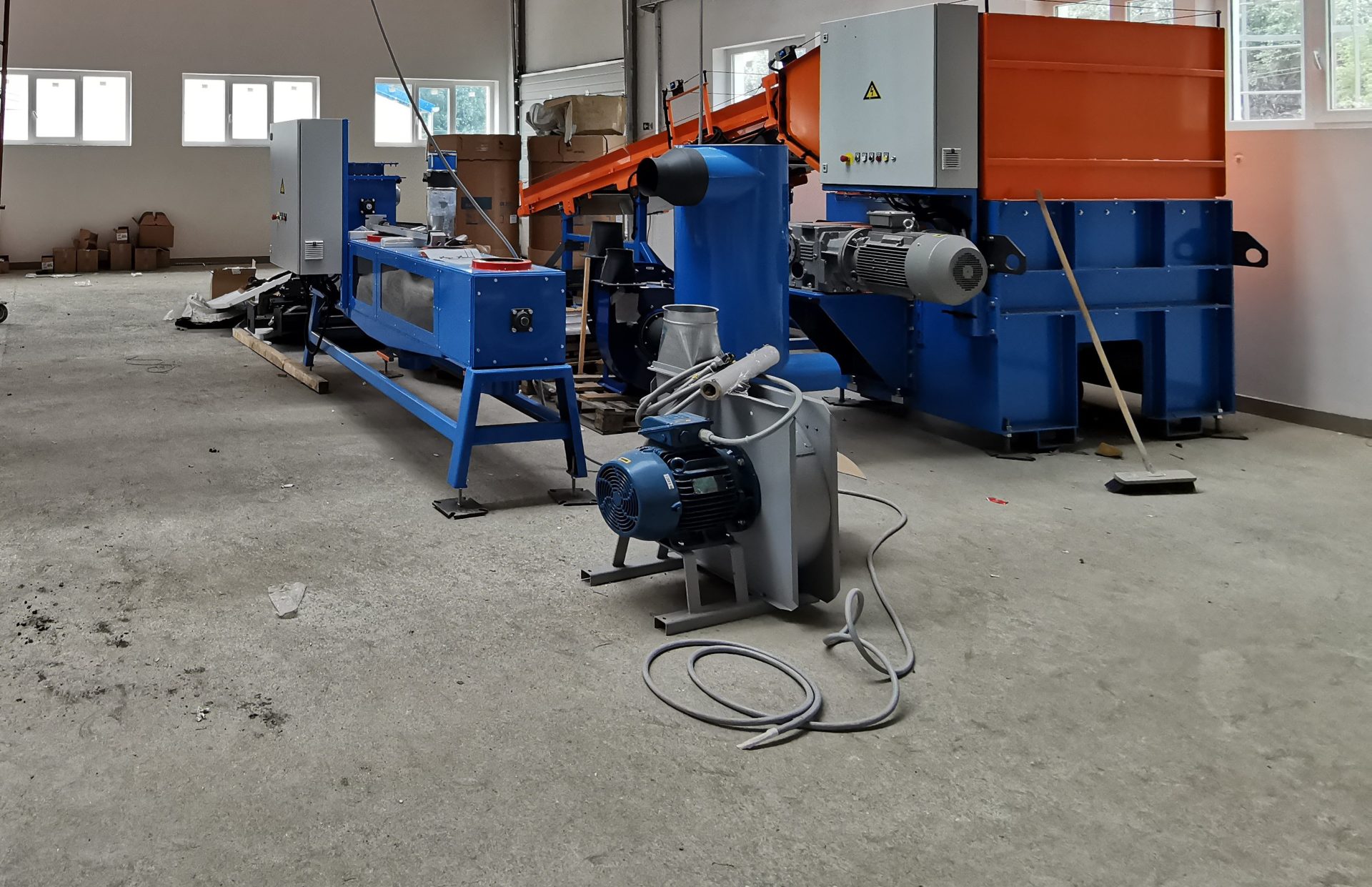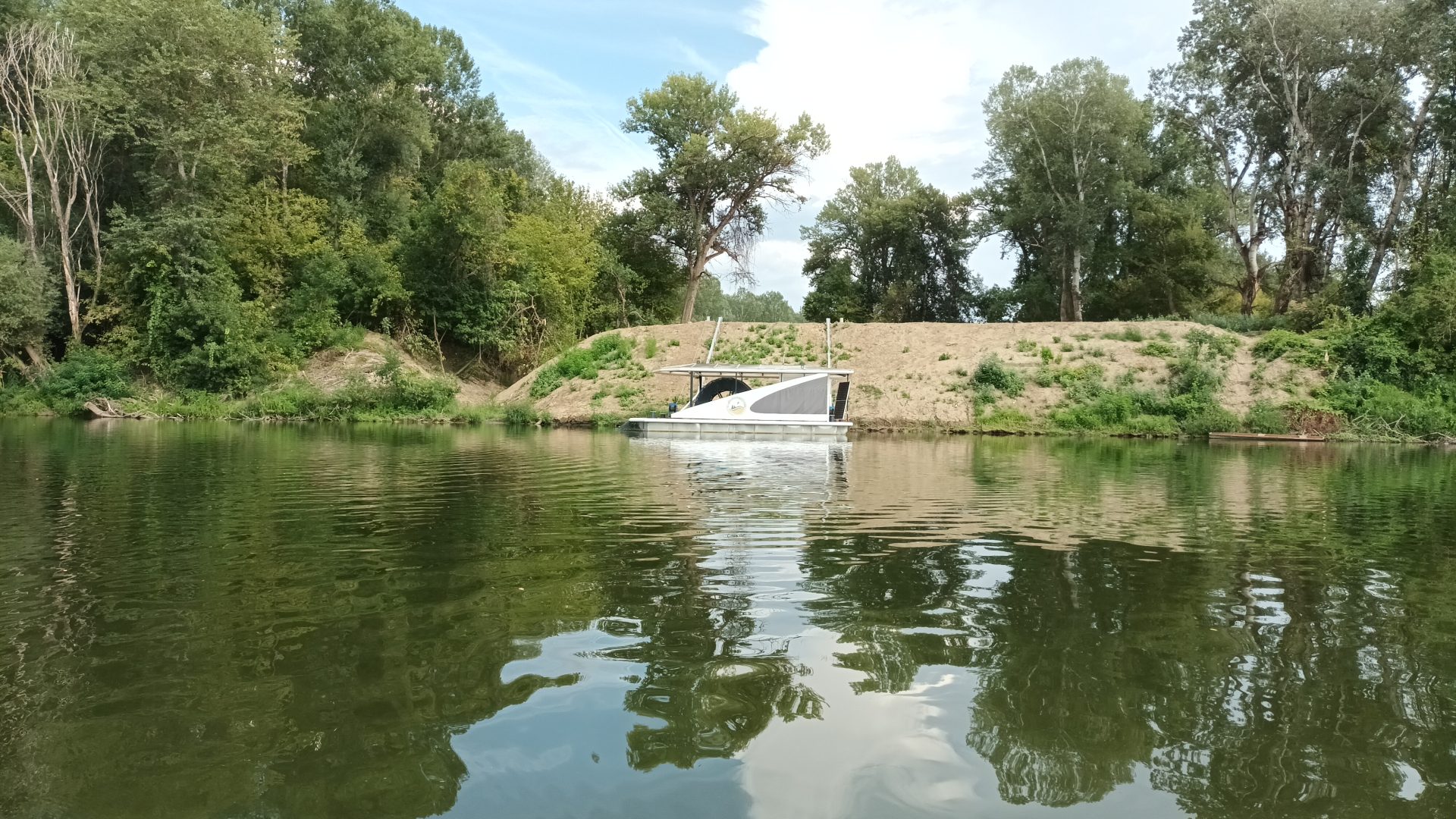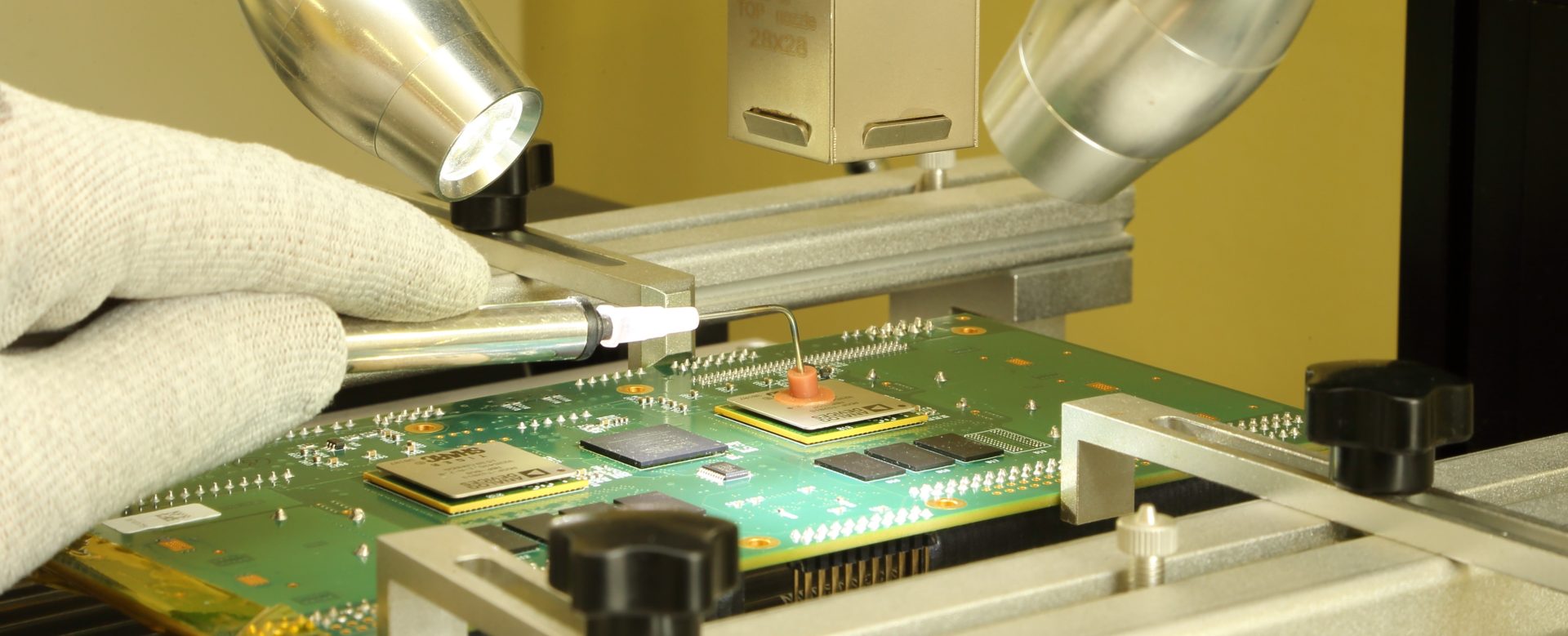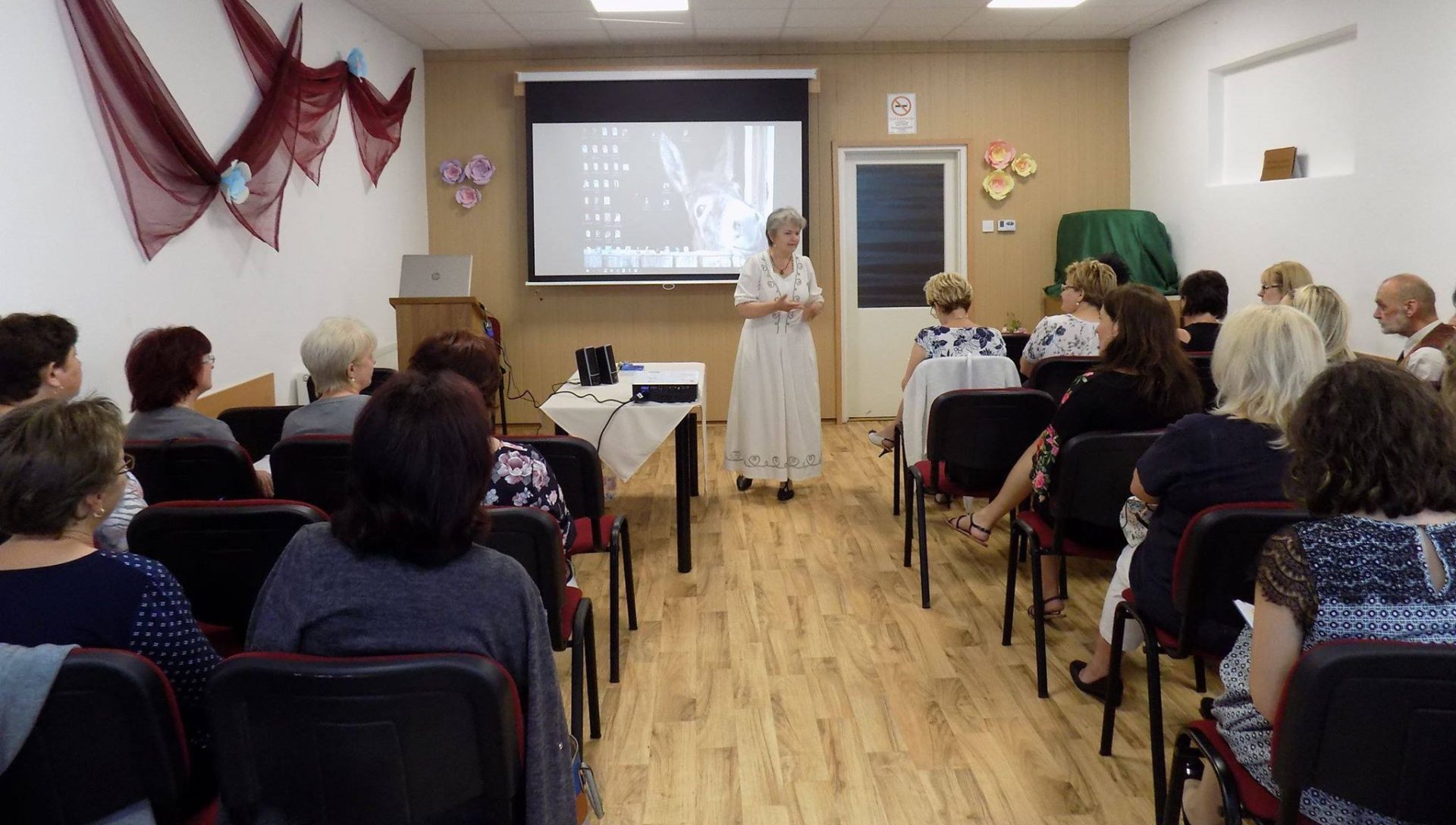With our inner eyes, let us take a look at the map of Europe, and go through the following countries: France, Turkey, Portugal, Egypt, Cyprus, Spain, Tunisia, Hungary. What do these distant countries have in common? The commonality is that nearly 2000 years ago, these areas were under the rule of the Roman Empire. The empire exists only in history books, but its historical memories and legacy still live with us today.
The vast empire of the former Caesars was not merely a temporarily conquered territory; the provinces of the empire were considered the most advanced parts of contemporary civilization. “What have the Romans ever done for us?” – goes the classic question. Pipelines, sewers, roads… If we update the knowledge we acquired in school, we can continue this list for quite a while. The once-dominant empire, which by the 5th century had become a mere shadow of itself, fell, and in the following tumultuous centuries, almost everything that remained of what was once Europe’s leading power was forgotten. The once-imposing buildings found in Rome and all other provinces were largely destroyed during the Middle Ages, their remnants were scattered, and then history buried them underground, along with most of their memory. The memory of the Roman Empire came to the forefront across Europe during the Renaissance and then from the 18th century onwards.
It was no different in the case of Aquincum, the largest Roman city located in our country. In the 3rd century, a settlement with a population of 50-60 thousand was destroyed a few hundred years later during the migration period, and although the area was inhabited during the time of the Conquest, it no longer resembled its former self. The archaeological excavation of the city began in 1778, and the Aquincum Museum opened its doors more than 100 years and countless excavations later, in 1894, with the building being completely reconstructed in 2007.
With the support of the European Union, the Aquincum Museum expanded in 2023 with two new visual and experiential elements: the Visual Promenade was completed, and an exhibition about the daily life of the soldiers protecting the Aquincum limes line was established. The Visual Promenade is a path leading from the main entrance of the museum on Szentendrei Road, along which we can already get a taste of Aquincum’s history outside the museum. New pavement, new fencing, and an impressive bronze entrance gate adorned with a map of ancient Aquincum have also been constructed.
The Visual Promenade serves as a kind of teaser to lure visitors to the main attraction, the exhibition hall, which has also been renovated as part of the project. In the new exhibition hall created in the basement of the museum’s main building, we can learn about the Roman border defense system of Aquincum through archaeological finds and gain insight into the daily lives of the soldiers guarding the limestone. In this, the interactive map helps us, where we can drop right into the bustling main street of a contemporary legion camp. The experience is completed by VR technology, which allows us to peek into a military barrack or a public bath, and the installed sound panel enhances our time travel with ancient melodies.
Thanks to the developments realised with EU support, the Aquincum Museum offers an exciting glimpse into the daily life of the Roman Empire, and for the duration of a visit, even if not in ancient Rome, we can find ourselves in the hustle and bustle of a once-great city that has now disappeared.
The development was implemented from EU funding in the project VEKOP-4.1.2-17-2018-00001 under the Competitive Central Hungary Operational Programme.
Find out more about the project in the Project Finder: Details
